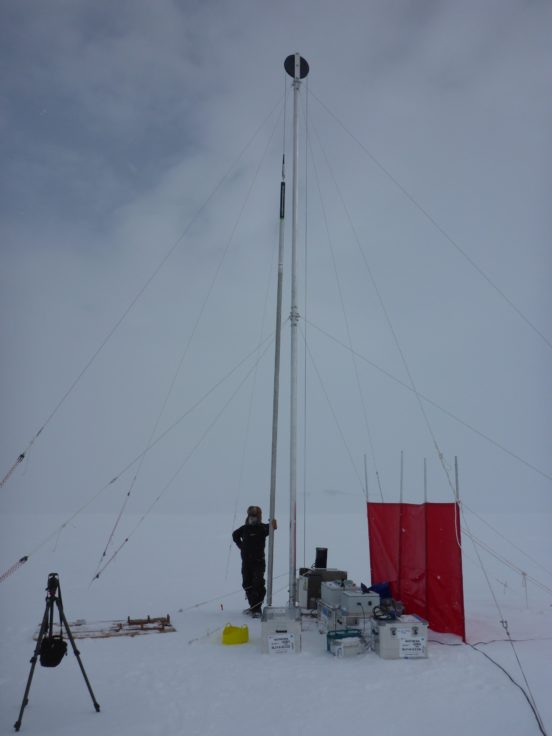Global S&T Development Trend Analysis Platform of Resources and Environment
| Drilling projects set to break new ground | |
| admin | |
| 2020-04-29 | |
| 发布年 | 2020 |
| 语种 | 英语 |
| 国家 | 英国 |
| 领域 | 资源环境 |
| 正文(英文) | Two new research projects – in partnership with British Antarctic Survey engineers – will drill deeper than ever before in Antarctica and in space. The first project, called INCISED, is led by the University of Durham, funded by the European Research Council, and has set its sights on the Antarctic. It will drill bedrock from beneath the polar ice sheets, with the goal being to retrieve scientific samples. The scientific research team will use the University of Glasgow’s Percussive Rapid Access Isotope Drill (P-RAID) drill technology, which was developed in collaboration with the University of Durham and BAS, to take samples of bedrock from underneath the ice sheet. The P-RAID is a rotary-percussive device that can be lowered from the polar surface to the bedrock. The drill’s hammering action is carefully controlled by an autonomous system, originally developed for space applications, which uses as little force as possible. As a result, the P-RAID system is smaller and lighter than most drilling systems, making it ideally suited for deployment in Antarctica. Once the rock samples are returned to the UK, they will undergo sophisticated isotope analysis at the Scottish Universities Environmental Research Centre (SUERC) in East Kilbride. The results will help scientists to learn more about when the rocks were last exposed by retreating ice, which will improve our future climate models and help us to understand how much sea level rise could be expected in a warmer world.  The second project, named DEEPER, will look at new ways to drill extraterrestrial surfaces to greater depths than have ever been reached before. It is funded by the European Space Agency and aims to build a collapsible drill that would allow future planetary missions to penetrate further below the surface. Working with BAS, and in partnership with industrial partners RolaTube and Apogee Engineering, the team will create a lightweight, flexible drillstring that can be coiled up inside a rover, like a tape measure, when it is not in use. This means that the launch vehicle can be smaller and the mission costs can be reduced. When the rover reaches an area of interest, the drill will begin to unspool the flattened drill-string. This material will then double over itself to create a pipe, and that pipe can be extended downwards by continuing to rotate the hub. This could allow far deeper drilling than current technology, which uses robotically assembled parts, and therefore enable more detailed analysis from further back in time.
Both drills will be integrated at the University of Glasgow, with testing at Saint-Gobain’s Bantycock Quarry in Nottinghamshire next year, and expeditions to Greenland and Antarctica to follow. The P-Raid drill was orinally funded by NERC, UK Space Agency, and the Science and Technology Funding Council’s Impact Acceleration Accounts.
|
| URL | 查看原文 |
| 来源平台 | British Antarctic Survey |
| 文献类型 | 新闻 |
| 条目标识符 | http://119.78.100.173/C666/handle/2XK7JSWQ/248255 |
| 专题 | 资源环境科学 |
| 推荐引用方式 GB/T 7714 | admin. Drilling projects set to break new ground. 2020. |
| 条目包含的文件 | 条目无相关文件。 | |||||
| 个性服务 |
| 推荐该条目 |
| 保存到收藏夹 |
| 查看访问统计 |
| 导出为Endnote文件 |
| 谷歌学术 |
| 谷歌学术中相似的文章 |
| [admin]的文章 |
| 百度学术 |
| 百度学术中相似的文章 |
| [admin]的文章 |
| 必应学术 |
| 必应学术中相似的文章 |
| [admin]的文章 |
| 相关权益政策 |
| 暂无数据 |
| 收藏/分享 |
除非特别说明,本系统中所有内容都受版权保护,并保留所有权利。
修改评论